


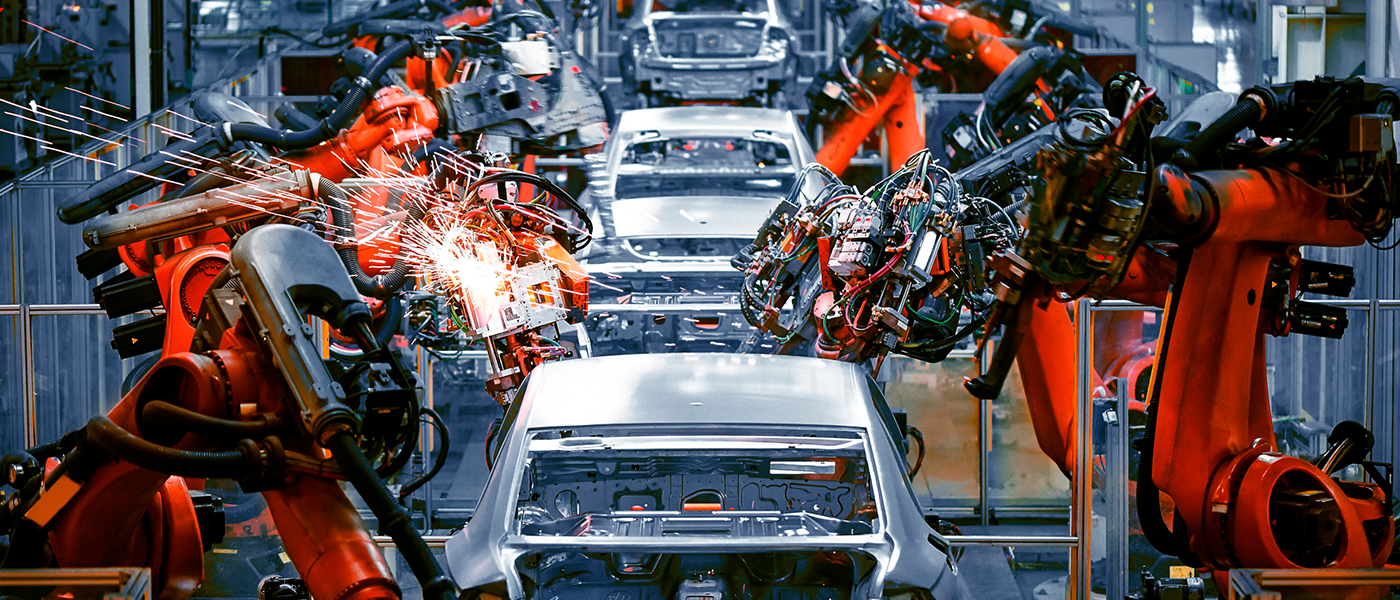

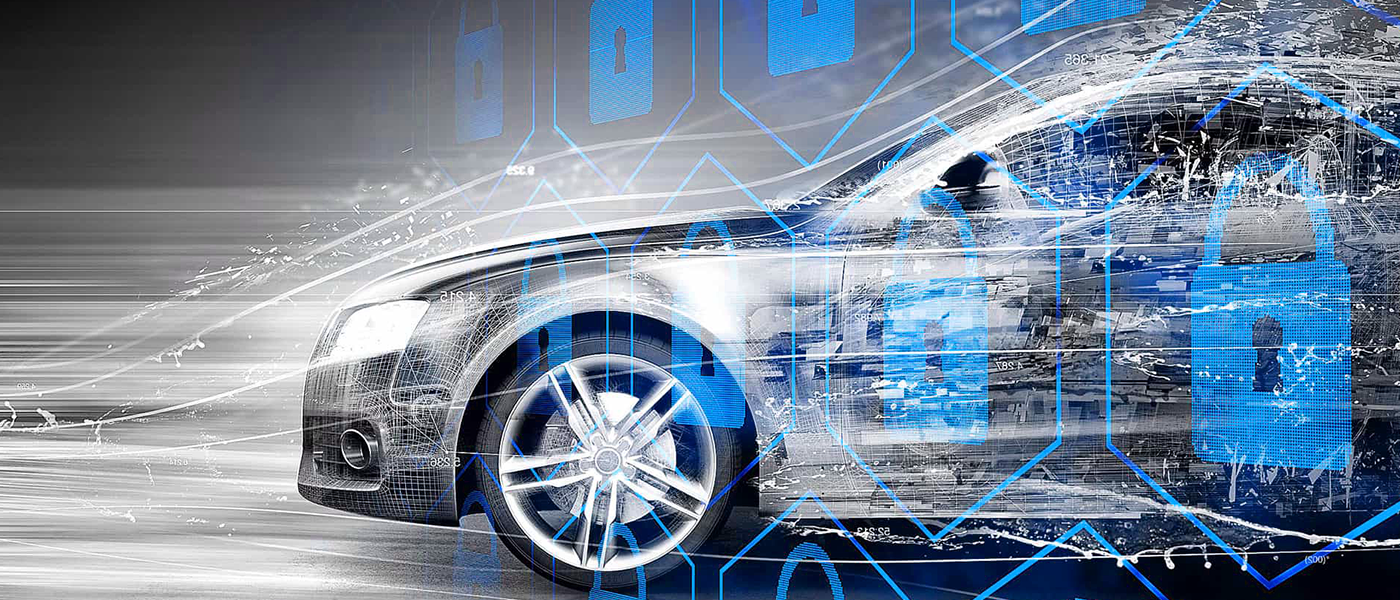
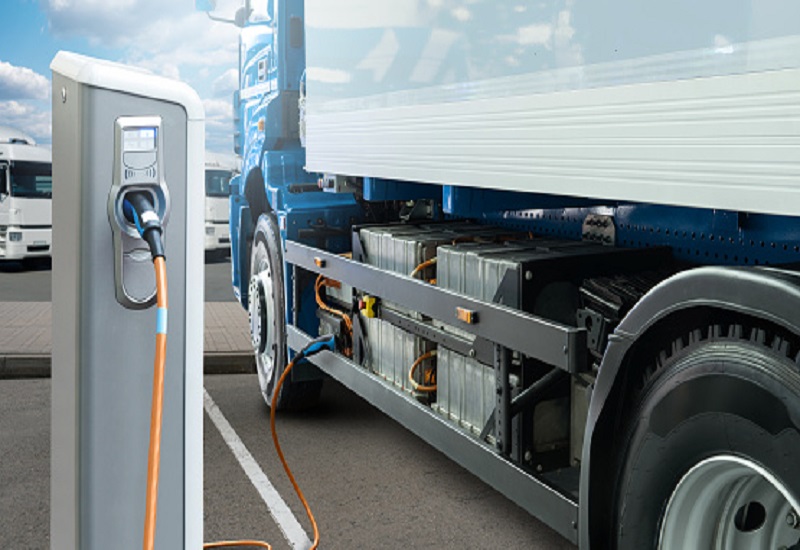
With batteries being the most expensive commodity in electric trucks, this research analyzes the technological evolution, policy changes, emerging opportunities, and more that are poised to transform this segment and drive growth.

Which transmission technology will hold a major share in the next decade, and what factors are driving it? What is the current landscape, and how will it change in the next decade? Who are the major drivetrain suppliers? Read to know more.

Who are the main competitors in this landscape? What is affecting the business operations of distributors and retailers in the independent aftermarket? What are the digitization solutions these key competitors offer? Find out more in this analysis.

Agents are the front lines in handling customer emotions. Often when customers call, they have already exhausted poorly designed self-service options and are frustrated by the time the agent takes the call. The COVID-19 pandemic accelerated the need for work-at-home agent (WAHA) models and self-service to assist with rising call volumes. As a result, companies are rethinking the balance of self-service and live agents. However, companies are not seeing how crucial employees are to CX. Employee retention is still a low priority across industries.
Contact centers faced unprecedented obstacles last year. With remote work, peer support was lost, and remote training proved difficult without the right technologies and software. Having agents deal with sensitive data when they work from home without implementing security measures to protect customers has been particularly problematic. And creating and managing COVID-19 protocols is challenging for those who are on-site.
Schedule a dialog or email us at myfrost@frost.com to connect with an industry expert at no charge. We are taking unprecedented action to make our team available to help you cut through the media and politics to get factual one-to-one guidance for the issues and opportunities that matter most to your business.
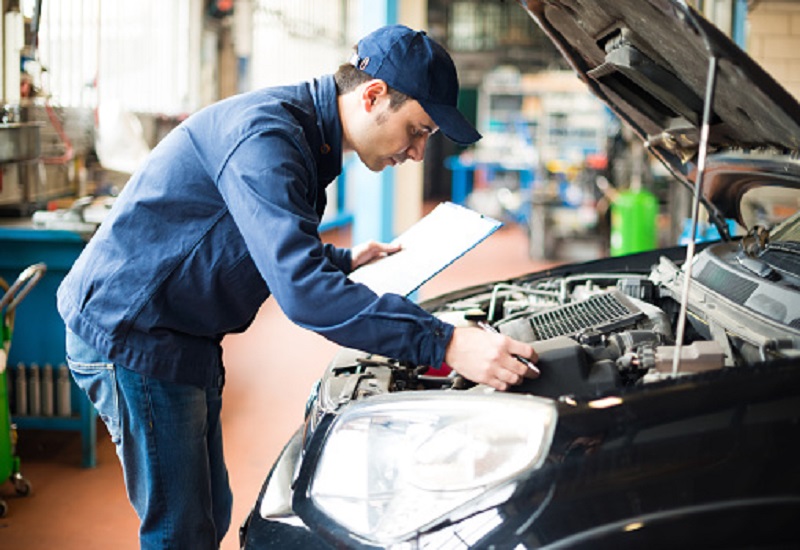
How has this segment become a multibillion-dollar industry in North America?
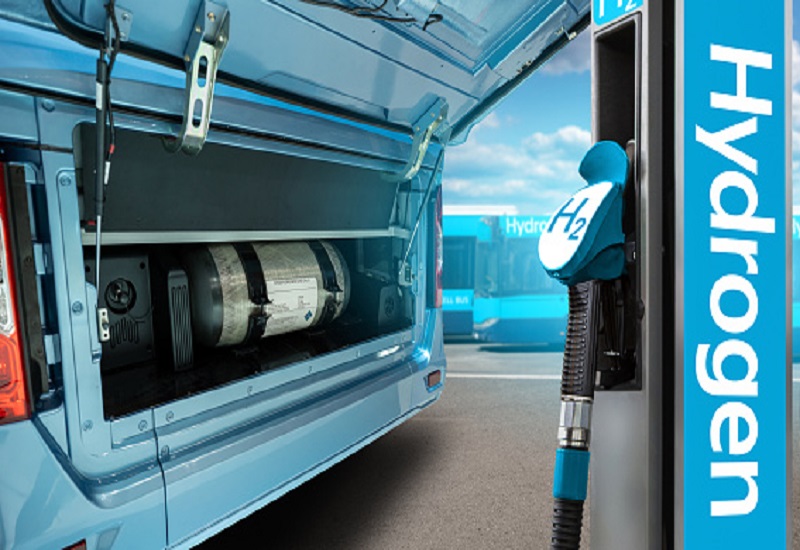
How will hydrogen mobility drive immense growth opportunities for fuel cell trucks?
Read more Request Info
Explore how emerging business models will reflect innovation in mobility solutions
Read more Request Info
How will macro-economic factors influence transformational developments shaping this sector?
Read more Request Info
Explore the latest revenue models that are revolutionizing this industry
Read more Request Info
What initiatives are driving OEMs to enhance product offerings?
Read more Request Info
Analyze the growth strategies of key OEMs and start-ups across the globe
Read more Request Info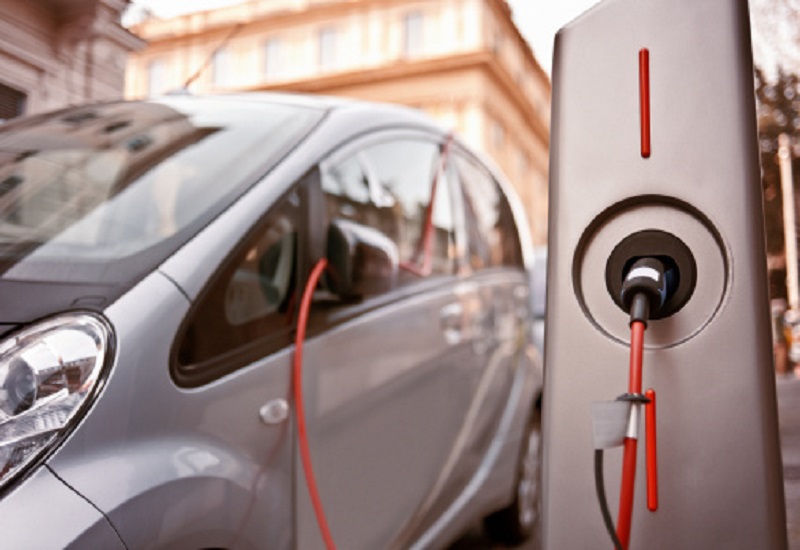
Examine the technology evolution, business models, and growth hubs
Read more Request InfoWhen consumers expect their cars to function as an extension of their digital lifestyle and personalized in-vehicle services are emerging as a critical differentiator, automakers continue to struggle with delivering on such expectations. Automotive software development is typically time-consuming and resource-intensive, particularly when one factors in non-recurring software engineering costs and time to market.
Read More
The global electric light commercial vehicle (e-LCV) faces a host of formidable challenges: limited driving range, lack of adequate charging infrastructure, and high initial purchasing costs. However, such challenges are poised to wane with technological advances and rising volumes.
Read More
The pandemic has changed how mobility will be perceived over this decade and beyond. Industry stakeholders are course-correcting, channeling investments away from traditional hardware-focused approaches into a software-centric future, enabling new on-demand services and revenue streams.
Read More
The Gulf Cooperation Council (GCC) light vehicle aftermarket faced falling market demand and supply chain disruptions due to the pandemic and plummeting oil prices. However, new business models, including door-to-door services, an increasing market for pre-owned cars, car-sharing fleets, and digitalization, are expected to aid recovery. National schemes in GCC countries, such as Saudi Vision 2030, Qatar 2030, and UAE 2030, are also major long-term growth drivers.
Frost & Sullivan’s recent analysis of the global electric vehicle (EV) market finds that consumers’ increasing preference toward EVs, economies’ commitment to lower carbon emissions, and the surging installation rate of EV charging stations worldwide are key factors driving the global EV market. It also covers EV battery second life trends, direct current (DC) charging and ultra-fast charging infrastructure trends, and more.
Frost & Sullivan’s recent analysis on the global powertrain industry finds that electric vehicles are gaining in popularity against the dominant internal combustion engines (ICE) segment. As governments push for a carbon-neutral economy, lowering emissions will be key, with powertrain electrification playing a vital role. Mild hybridization will continue to be the fastest-growing trend in the short to medium term, ahead of battery electric vehicles (BEVs), fuel cell electric vehicles (FCEVs), and plug-in hybrid electric vehicles (PHEVs).
Read more